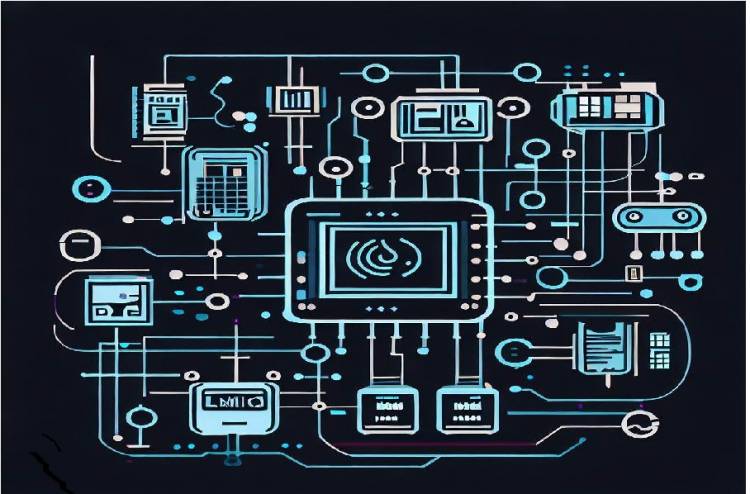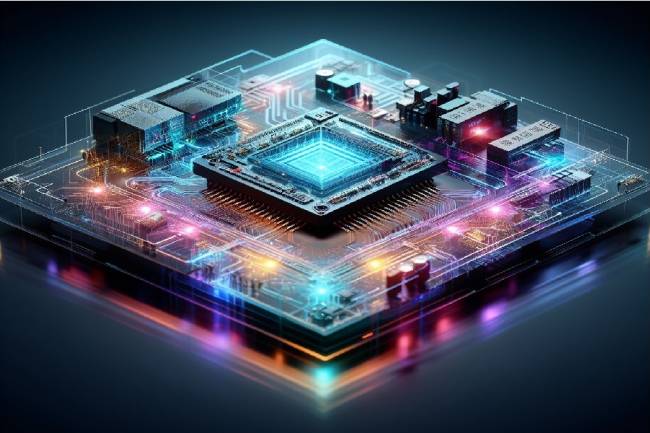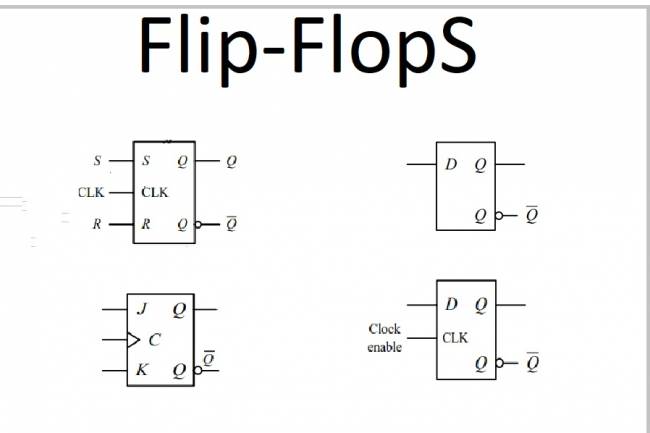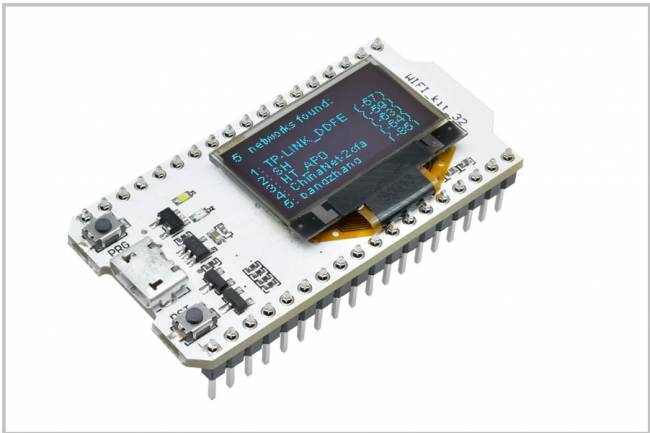
Communication Standards in Electronics: Connection Fundamentals
One of the most important elements in the development of electronic devices and systems is the communication standards used to transmit data and information. These standards allow different devices and systems to communicate with each other seamlessly. In this article, we will examine the important communication standards used in electronics and take a look at the technical details of each.
1. RS-232 (EIA-232)
RS-232 is a widely used standard for serial communications. Computers, modems, serial devices, and many other devices use this standard. An example application is a computer sending data to a laser printer via a serial port.
2. RS-485 (EIA-485)
RS-485 is a standard designed for multipoint serial communication. It is used for industrial automation systems, data acquisition systems and long distance communication. An example application would be for a data acquisition system to collect data from field sensors and transmit it to a central control unit.
3. USB (Universal Serial Bus)
USB is a widely used connection standard between computers and portable devices. An example device is a USB flash drive. When plugged into the computer, it can be used for data transfer or file storage.
4. Ethernet (IEEE 802.3)
Ethernet is a standard communication protocol for local networks. An example is when multiple computers share data over a network at home or in the office. Ethernet cable connects these devices.
5. HDMI (High-Definition Multimedia Interface)
HDMI is a standard for high definition audio and video transmission. An example device is viewing a high-definition movie with an HDMI cable used between a television and a Blu-ray player.
6. Bluetooth
Bluetooth is a wireless communication standard that provides short distance communication between wireless devices with low energy consumption. An example application is when a smartphone connects wirelessly with a Bluetooth headset or speaker.
7. Wi-Fi (IEEE 802.11)
Wi-Fi is a standard that provides wireless local area network connectivity. An example device is a home laptop or smartphone connecting to a Wi-Fi network to gain internet access.
8. CAN (Controller Area Network)
CAN is a communication protocol used in the automotive industry. An example application is when a vehicle shares data between different controllers. For example, communication between engine control unit and brake control unit.
9. SPI (Serial Peripheral Interface)
SPI is a communication protocol used for serial data communication. An example device would be a microcontroller reading data from an array of sensors or writing data to an EEPROM.
10. I2C (Inter-Integrated Circuit)
I2C is a communication protocol that provides serial data communication with less pin requirement. An example application is to control a digital thermometer by transmitting temperature data to a microcontroller via I2C.
Each communication standard is designed to meet different needs and ensure harmonious operation of electronic devices. These standards are constantly updated with technological developments and find more application areas. These standards, which form the basis of the electronics world, are an indispensable part of today's technological developments.






















